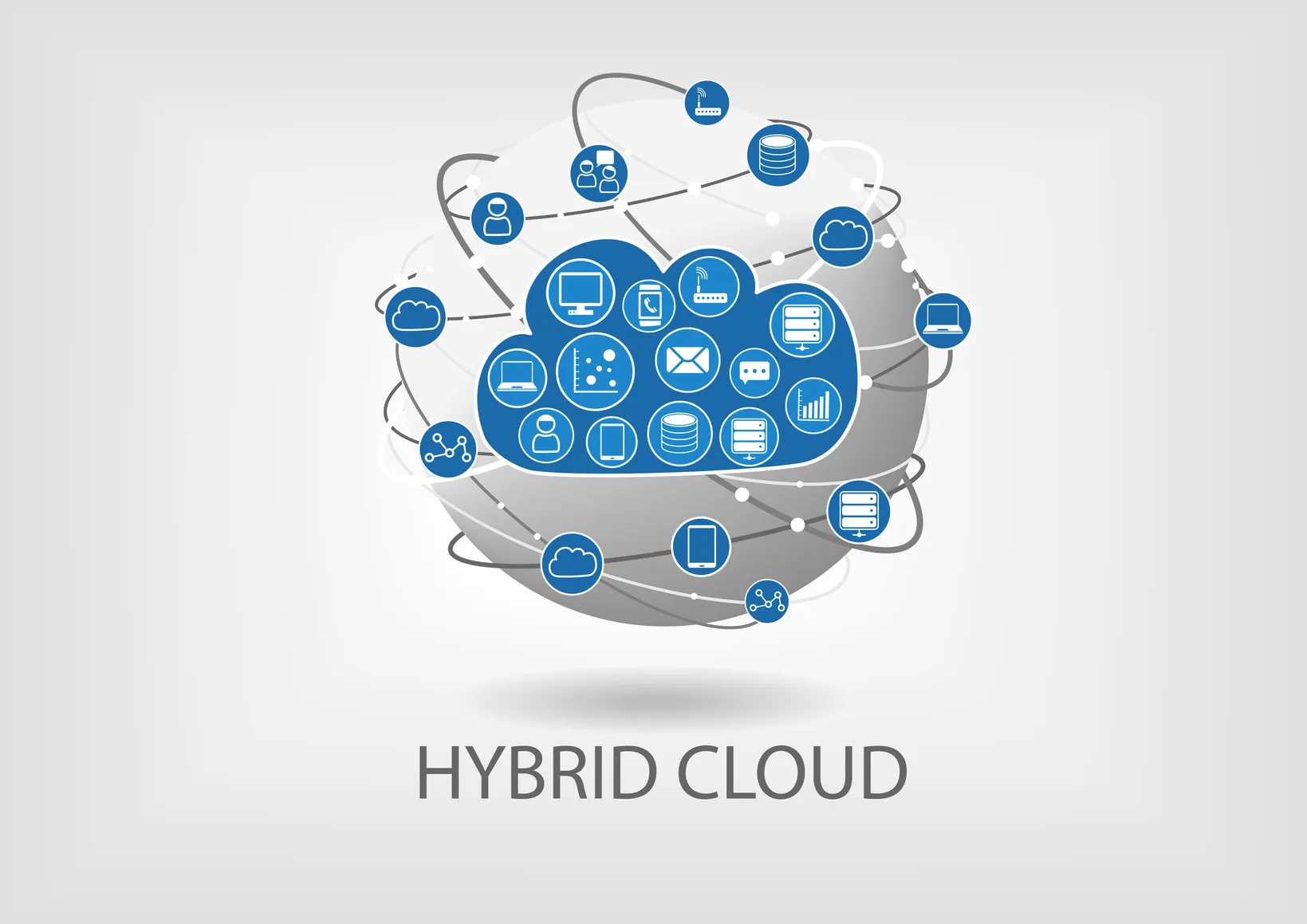
HPE Hybrid Cloud Strategy
“GreenLake Central is the next-generation of GreenLake,” Yow said. “It builds on top of the success we’ve had to date with GreenLake by adding a SaaS platform and a level of automation and support.”
An early set of customers deployed GreenLake Central last month, and it will be generally available in the second half of 2020. The platform launches with AWS, Microsoft Azure, and VMware support, and “Google is on the roadmap,” Yow said.
At launch, the platform will help customers with compliance and governance requirements across multiple clouds. It provides “the ability across the hybrid estate, both inside their GreenLake environment but also in AWS and Azure, to look at all of the workloads, understand how they are deployed, and be able to track and monitor if they are in compliance with frameworks like GDPR, HIPPA, an ISO,” Yow said.
GreenLake Central also provides visibility and insights across environments so customers can see, for example, which databases are running in AWS, how much this costs, and where customers can improve performance or save money by moving workloads to other clouds or on premises. These analytics capabilities stem from HPE’s Cloud Cruiser acquisition, and Yow said GreenLake Central will also integrate artificial intelligence-capabilities from InfoSight over time.
“And the third key module we are launching is our automation tool,” Yow said. This allows customers to automate workload deployment across public and private clouds based on their priorities such as performance or cost.
‘True Multi-Cloud’
HPE isn’t the only infrastructure vendor touting its hybrid cloud strategy. But Yow said his company’s approach differs from its competitors because it doesn’t create a “walled garden” and instead uses the public cloud providers’ native languages and tools. He calls GreenLake Central a true multi-cloud approach.
“The Dell-VMware strategy around hybrid is to extend the VMware architecture within AWS that allows VMware workloads to migrate back and forth,” he said. “You have a consistent VMware experience on premises as well as in Amazon, but you don’t get access to all of the great cloud capabilities within Amazon. It’s more like colocation versus a true cloud experience.”
It’s worth pointing out, however, that VMware, and parent company Dell Technologies, by extension, already has hybrid cloud partnerships with all of the major cloud providers including AWS, Azure, Google, IBM, and Oracle.
And while Amazon has yet to release Outposts specifics — that’s expected to happen later today at re:Invent — that cloud provider’s hybrid service will put Amazon hardware in customers’ on premises data centers. “I’m going take a rack of what looks and feels just like what you have in AWS and install that in a large enterprise’s data center,” Yow said. “That has benefits insofar as now I have the exact same experience within my data center — but within my data center it’s a walled garden. It doesn’t exist with any of the other workloads and capabilities inside a data center.”
HPE GreenLake Central, meanwhile, “can really bring visibility, governance, and automation across that entire IT environment,” he said.







